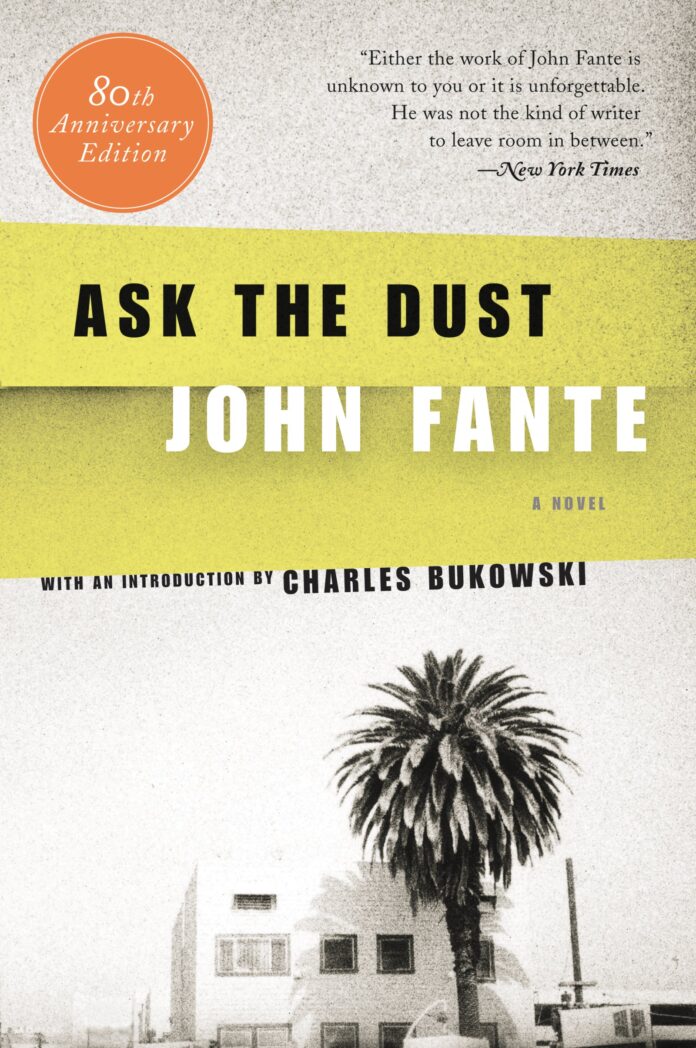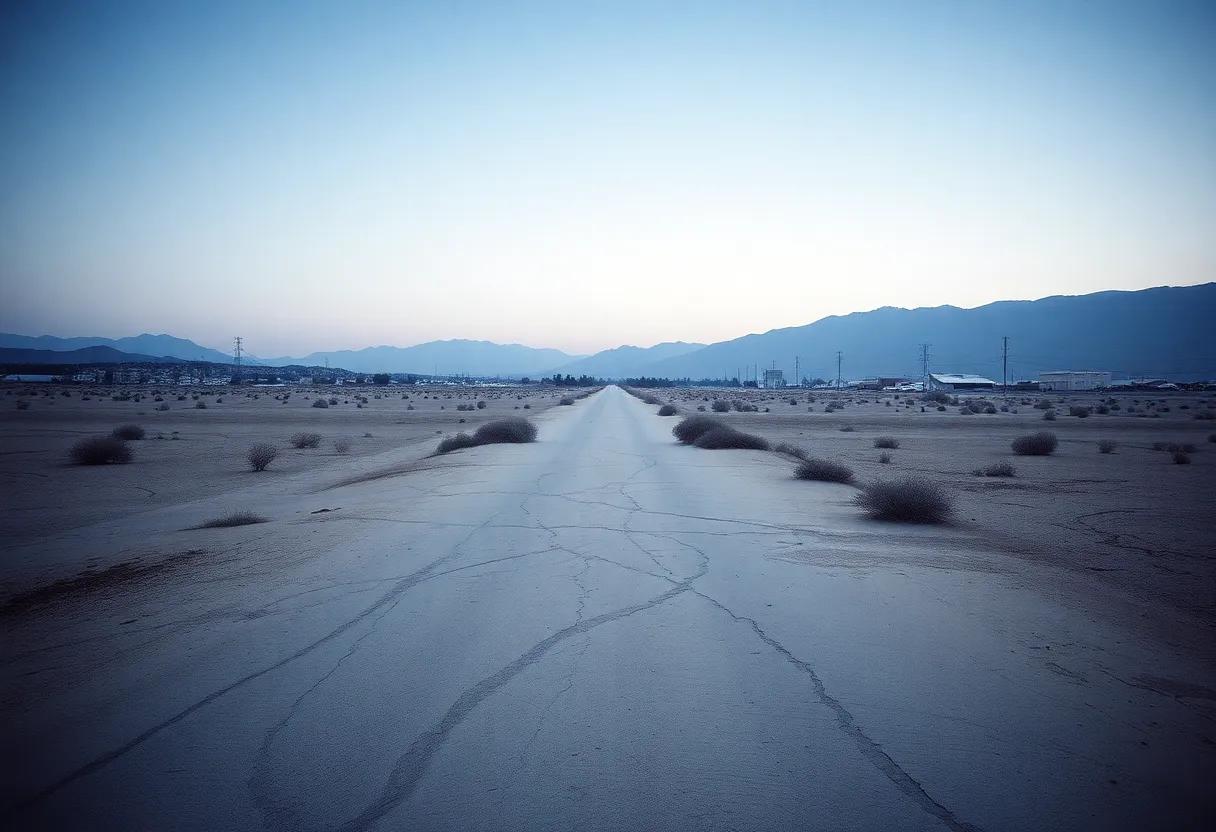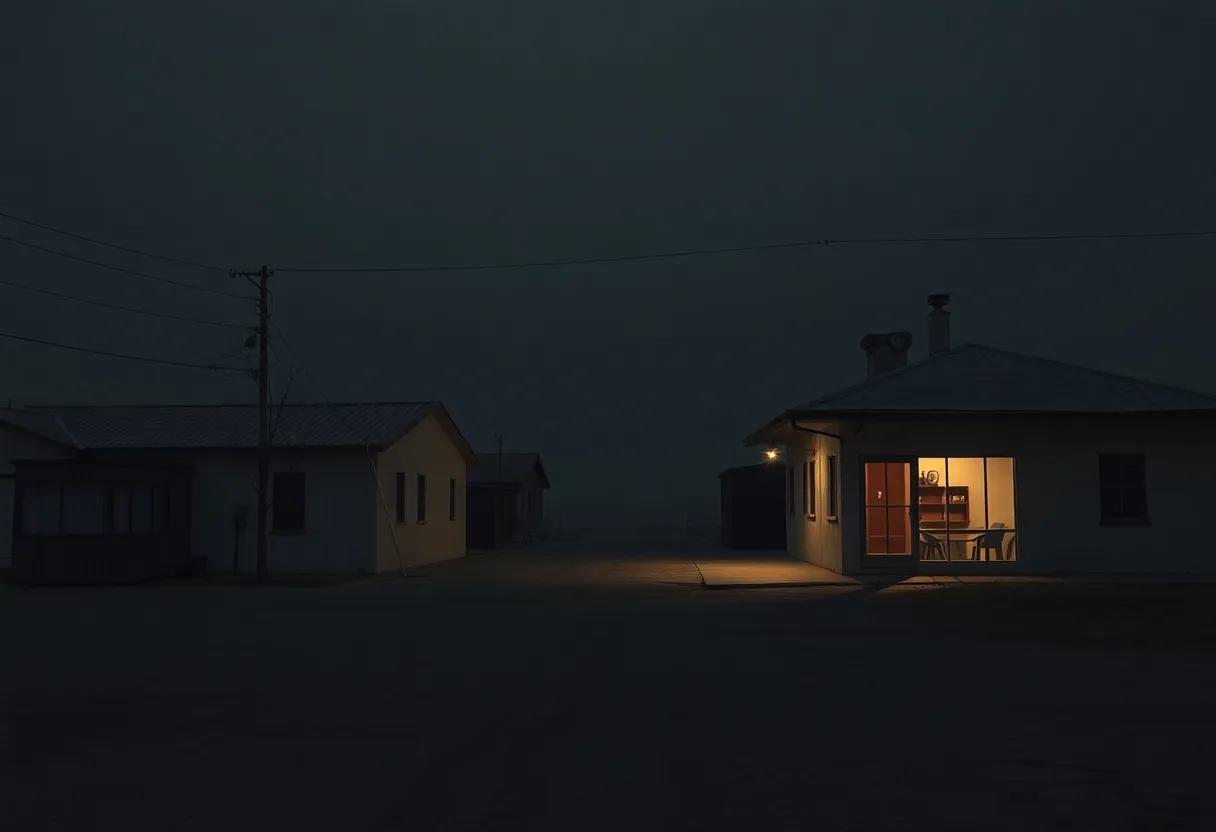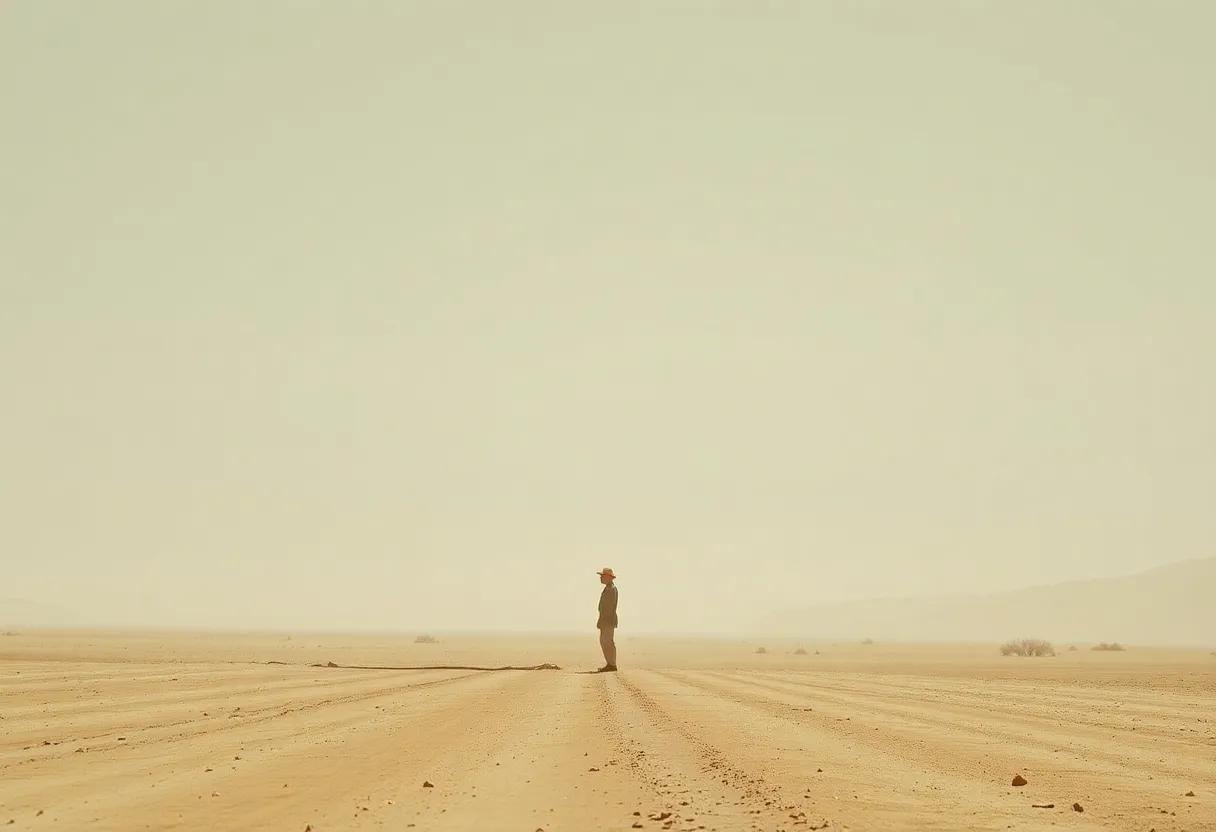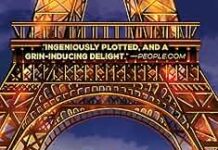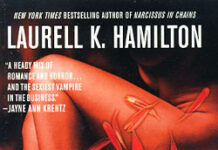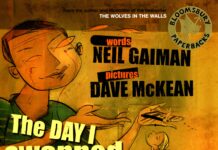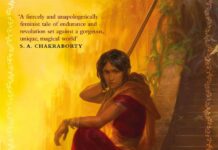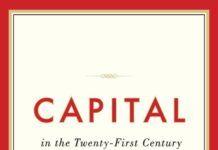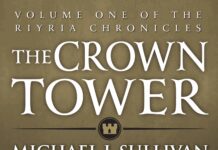In the vast landscape of American literature,where dreams often collide with harsh realities,John Fante’s Ask the Dust stands as a raw and unflinching portrayal of desire,ambition,and desperation.Set against the sunbaked streets of 1930s Los angeles, the novel invites readers to explore the turbulent inner world of Arturo Bandini, a young writer struggling to find his voice amid solitude and longing. delves into the intricate layers of this classic work, examining how its themes of hope and hardship continue to resonate nearly a century after its first publication. Through a nuanced lens, this review seeks to uncover the enduring power of Fante’s prose and the complex humanity at the heart of his narrative.
The Stark landscape of los Angeles as a Mirror to Human Longing and Isolation in Ask the Dust
Within this unforgiving urban backdrop, human vulnerability is laid bare, and the novel’s characters mirror the city’s fractured soul. The poignancy of their isolation is echoed through recurring themes that resonate deeply:
- Alienation: Characters wrestle with a profound sense of not belonging, caught between cultural identities and personal aspirations.
- Yearning: The insatiable hunger for love, recognition, and purpose drives much of the narrative tension.
- Desperation: Moments of despair punctuate the story, illuminating the harsh truth that survival often means confronting solitude head-on.
This intricate mirroring creates a haunting dialog between the landscape and human emotion, where every dusty alleyway and sunbaked wall becomes a silent witness to the fragile dance of hope and despair.
| Theme | Landscape Symbolism | Emotional resonance |
|---|---|---|
| Alienation | Vast, empty streets | Feeling lost and unseen |
| Yearning | Endless horizon | Unfulfilled desires |
| Desperation | Withered plants & dust | Struggle and survival |
The Complex Portrait of Arturo Bandini Exploring Ambition, Vulnerability, and Self-Destruction
Arturo Bandini emerges as a paradoxical figure-striding through the sun-bleached streets of Los Angeles with his pen poised between grandiloquence and raw confession.His ambition burns fiercely, yet it is indeed shadowed by an almost palpable fragility. Bandini’s pursuit of literary greatness is both his driving force and his curse, a relentless tide that crashes against his self-esteem. Readers are invited into the turbulent inner world of a man who battles not only external adversity but also the intricate labyrinth of his own insecurities, dreams, and doubts.His personality oscillates between moments of charismatic bravado and unsettling vulnerability, making him a protagonist who is as endearing as he is flawed.
- Ambition: The insatiable hunger for recognition and artistic identity.
- Vulnerability: The tender wounds hidden beneath his bravado and bravura.
- Self-Destruction: A spiral fueled by disillusionment and fierce pride.
Bandini’s contradictions are highlighted by his often erratic behavior that serves as a mirror to his inner chaos. His attempts to carve a niche in a world indifferent to his voice reveal a jagged resilience-the kind that bursts forward in impulsive bouts of passion before crumbling under the weight of loneliness.This complex interplay creates a texture of character seldom captured so vividly: his failures are as instructive and heartbreaking as his fleeting triumphs. Ask the Dust paints not just a portrait of a man but a study in the delicate balance between hope and despair, making Arturo Bandini an enduring symbol of literary ambition entwined with human frailty.
| Dimension | Manifestation | Impact |
|---|---|---|
| Ambition | Writing feverishly,chasing fame | Drives persistence but strains relationships |
| Vulnerability | Cracks in confidence,moments of doubt | Invokes empathy,deepens character |
| Self-Destruction | Alcohol,anger,isolation | Undercuts success,fuels tragedy |
How John Fante’s Prose Captures the Grit and glamour of the American Dream’s Dark Underside
Through powerful imagery and a masterful command of mood, Fante exposes the dark underside of ambition-the loneliness, the desperation, and the tenacity forged in solitude. His narrative rhythm alternates between frantic bursts of desire and quiet moments of introspection, mirroring the fluctuating fortunes of those chasing elusive success.This duality is reflected in his stylistic nuances, such as:
- Juxtaposition of lush, cinematic descriptions with stark, minimalist dialogue
- Blending of humor and bitterness to underscore the unpredictability of fate
- vivid sensory details that bring the dusty cityscape alive, yet remind readers of harsh realities
| Element | How Fante Captures It | Effect on Reader |
|---|---|---|
| Setting | Dusty, sunbaked LA streets | Evokes isolation and harshness of dream-chasing |
| Character Voice | Confessional, raw, unfiltered | Creates intimacy and emotional immediacy |
| Imagery | Juxtaposes glamour with decay | Highlights tension between hope and despair |
Unpacking Themes of Desire and Despair Through Symbolism and Narrative Style in Ask the Dust
The prose style reinforces this interplay of hope and despair with its oscillation between raw, almost brutal honesty and lyrical reflection. Bandini’s voice, both confessional and defensive, draws readers into a psychological landscape where passion is as volatile as the city heat. This dynamic is evident in the way Fante manipulates pacing-brief bursts of frantic dialogue are interspersed with long, contemplative passages filled with haunting imagery. The effect is both disorienting and hypnotic, amplifying the emotional volatility of the text. Below is a breakdown of key elements contributing to this thematic texture:
- symbolic Elements: Dust, light, and heat as metaphors for impermanence and desire
- Narrative Tone: Alternation between candid vulnerability and guarded aggression
- Structural texture: Juxtaposition of rapid dialogue and introspective monologue
- Setting as Metaphor: Los Angeles portrayed as a crucible of aspiration and alienation
| Theme | Symbol | Narrative Effect |
|---|---|---|
| Desire | Sunlight & Dust | Fleeting hopes, burning yearnings |
| Despair | Empty streets | Isolation and emotional barrenness |
| identity | bandini’s journal | Fragmented self-awareness |
The Role of Ethnicity and Identity in Shaping Character Dynamics and Social Commentary
More than a personal saga, the story acts as social commentary, revealing the unspoken cultural hierarchies and prescribed roles that ethnic identity often dictates within urban landscapes. The interactions between characters highlight:
- Prejudice and stereotypes that confine and define social expectations.
- The fluidity of identity as characters momentarily transcend ethnic boundaries through desire and desperation.
- Economic and emotional marginalization as a byproduct of cultural otherness.
| Character | Ethnic Background | Identity Challenge |
|---|---|---|
| Arturo Bandini | Italian-American | Struggles with dual identity and place in society |
| Ave Maria | Mexican-American | negotiates assimilated desires vs cultural roots |
| Other Peripheral Figures | Various ethnicities | Face societal prejudice and economic hardship |
Emotional Rawness and Psychological Depth in Fante’s Exploration of Romantic and Personal Failures
John Fante’s narrative plunges the reader into an unvarnished world where vulnerability is stark and palpable. The characters grapple with a spectrum of emotional turmoil, from the sting of unreciprocated love to the crushing weight of shattered ambition. Fante’s prose strips away any pretense, exposing the raw nerves of human desire and disappointment. This psychological honesty creates a profound connection between the reader and the characters, as their internal struggles become shared experiences.The tension between hope and despair pulses at the core of the story,rendering every moment charged with unpredictable intensity.
Within this emotional tempest, Fante masterfully dissects the complexities of personal failure, weaving them through moments of poetic introspection and brutal self-awareness. The portrayal of romantic entanglements is far from idealized-relationships unfold in jagged, painful lines reflecting the messiness of real life. Key elements that define this depth include:
- Conflicted passions that veer wildly between yearning and rejection
- Internal dialogues revealing insecurities and self-doubt
- Moments of existential reflection probing the meaning of love and identity amid failure
Such layers of emotional rawness forge a narrative that is as psychologically rich as it is heartbreakingly relatable, underscoring Fante’s unique ability to make personal failure feel universal.
| Aspect | Emotional Impact | Psychological Depth |
|---|---|---|
| Romantic Failures | Heartache, longing | Yearning vs. rejection conflict |
| Personal Ambition | disillusionment, frustration | Self-doubt, existential questioning |
| Identity Struggles | Isolation, vulnerability | Introspective self-awareness |
Literary Influences and Innovations that Position Ask the Dust as a Mid-Century Classic
Ask the Dust emerges as a compelling intersection of literary tradition and innovative narrative, deeply rooted in the gritty realism pioneered by authors like Hemingway and Steinbeck, yet pulsing with a raw, emotional intensity all its own. Fante’s work channels the stark minimalism and existential undertones of mid-century literature, but infuses it with a unique Southern Californian ambiance, painting the city of Los Angeles not just as a backdrop but as a living, breathing entity-capable of reflecting the tumultuous inner worlds of his characters.His urbane dialogue, fraught with aspiration and despair, lays bare the immigrant experience and the restless energies defining the American Dream’s fringe, marking the novel as a precursor to later Beat Generation voices.
Innovations in narrative structure and character development further elevate the novel’s stature. Fante’s exploration of intimacy and alienation transcends conventional storytelling through:
- an unabashedly autobiographical lens,giving the text an immediacy and vibrancy rarely matched in his contemporaries’ works.
- An anti-hero protagonist who defies glamorization, capturing the imperfections and contradictions of human desire.
- Poetic prose interspersed with street-level vernacular, blending literary formality with conversational authenticity.
Together, these elements forge a narrative tapestry that connects raw personal struggle with broader societal disillusionment. The table below sketches the convergence of influences and innovations within Ask the Dust:
| Literary Influence | Innovative Element | Impact on Mid-Century Literature |
|---|---|---|
| Hemingway’s minimalism | Intimate first-person voice | Enhanced emotional authenticity |
| Steinbeck’s social realism | Urban los Angeles milieu | Expanded narrative settings |
| Beat precursors | Raw, unfiltered language | Paved way for countercultural themes |
Narrative Pacing and Tone: How Fante Balances Tension, Humor, and Melancholy throughout the Novel
Fante meticulously orchestrates the rhythm of his narrative, weaving moments of taut tension with unexpected bursts of humor and the persistent undercurrent of melancholy. The pacing is neither rushed nor stagnant; it mirrors the restless heartbeat of Arturo Bandini’s quest for identity and acceptance. Fante’s prose often quickens during scenes charged with ambition or conflict, pulling readers along the jagged edges of Bandini’s hopes and frustrations. Then, deftly, he slows to spotlight the quieter, frequently enough somber reflections that reveal the fragility beneath the protagonist’s bravado.
Humor in Ask the Dust emerges not as comic relief but as a vital counterpoint to despair, a way for Bandini-and Fante-to cope with isolation and yearning. It manifests through sharp, witty dialogue and understated irony, softening the impact of harsh realities. This dynamic interplay is well-exemplified in the table below, illustrating how these tonal shifts are structured across pivotal scenes:
| Scene | Tone | Narrative Effect |
|---|---|---|
| Bandini’s argument with Camilla | Tense, bitter | Heightens internal conflict and vulnerability |
| Bandini’s humorous self-deprecations | Witty, self-aware | Builds reader empathy and breaks tension |
| Lonely nights and reflections | Melancholic, introspective | Deepens emotional resonance and thematic weight |
Through this masterful balance, Fante invites readers to navigate the spectrum of human emotion in a single narrative flow, making Ask the Dust not just a story, but an immersive emotional experience.
The Impact of Ask the Dust on Contemporary Writers and Its Enduring Relevance in Modern Literature
the enduring relevance of the novel lies in its timeless exploration of desire and disenchantment, themes that continue to echo in today’s literary landscape. Contemporary literature often revisits these motifs, reflecting society’s ongoing struggles with identity and belonging. Below is a glimpse of key aspects that illustrate Ask the Dust‘s lasting impact:
- Emotive Prose: A blueprint for writing that melds intensity with subtlety, influencing narrative voice.
- Antihero Complexity: Characters crafted with flaws and contradictions, breaking customary heroic molds.
- Urban Grit: Immersive settings that reflect social and psychological realities.
- Existential Themes: A deep dive into human longing that transcends time and cultural shifts.
| Contemporary Writers | Fante’s Influence |
|---|---|
| Charles Bukowski | Raw urban narratives & flawed protagonists |
| Raymond Carver | Sparse emotive language & existential undertones |
| Junot Díaz | Cultural hybridity & raw emotional conflict |
Navigating the Ambiguity of Hope and Despair: What Readers Can Take Away From Fante’s Masterpiece
Readers can take away several enduring insights from this interplay:
- Resilience springs from vulnerability: The moments of weakness reveal the strength needed to keep aspiring.
- Ambiguity fosters empathy: Understanding the shades between hope and despair deepens our connection to others’ plights.
- The journey matters more than the destination: The novel’s emotional turbulence emphasizes growth over outcome.
| Emotion | Narrative Role | Reader Reflection |
|---|---|---|
| Hope | Driving force behind ambition | Encourages perseverance despite setbacks |
| Despair | Obstacle shaping the emotional landscape | Invites contemplation on personal limitations |
| Desire | Catalyst for the protagonist’s actions | Highlights the complexity of human motivation |
Specific Recommendations for Readers Seeking Gritty Realism and Emotional Honesty in Fiction
For readers drawn to narratives that strip away artifice and confront life’s raw edges head-on, John Fante’s Ask the Dust stands as a masterclass in gritty realism. The novel plunges into the fractured psyche of Arturo bandini, whose ambitions and frailties are painted with unflinching honesty. It’s a world where dreams clash violently with the harshness of the Great depression-era Los Angeles, exposing insecurities, failures, and fleeting triumphs without romanticizing them. If you seek fiction that demands emotional investment and rewards it through deep vulnerability, this book’s cadences of desperation and desire will resonate on a profoundly human level.
In turning pages heavy with tension and self-reflection, you encounter characters who feel impossibly alive because their flaws are boldly on display. The book’s power resides in the way it refuses to sidestep discomfort or evade moral ambiguity. For enthusiasts of emotional honesty, the following list guides you to other explorations that share this unvarnished quality:
- Joyce Carol oates: Dicey and relentless portraits of internal struggles and societal pressures.
- Richard Yates: Crisp dissection of personal failures wrapped in impeccable prose.
- Flannery O’Connor: Dark,unsettling reflections on flawed humanity and grace.
- Charles Bukowski: Stark, unapologetic voices from the margins of American life.
| Book | Key Gritty Element | Emotional Focus |
|---|---|---|
| Revolutionary Road | Suburbia’s suffocating monotony | Disillusionment and yearning |
| We Were the Mulvaneys | Family decay and secrets | Pain and reconciliation |
| Post Office | Life’s dead ends | Survival through cynicism |
| The Bell Jar | Mental health struggles | Isolation and identity |
How Ask the Dust Fits Within the Bandini Quartet and Its Contribution to American Literary Canon
Ask the Dust stands as a pivotal installment in John Fante’s Bandini quartet, a series deeply entrenched in the soulful exploration of identity, ambition, and cultural turmoil amidst the gritty backdrop of Depression-era Los Angeles. The novel’s raw, confessional voice channels the irrepressible spirit of Arturo Bandini, whose relentless pursuit of literary success is tinged with both fervent hope and crushing despair. This complex character not only animates the quartet but also crystallizes the immigrant experience and the American Dream’s often elusive nature, making the novel a resonant piece of a larger, intricately woven narrative tapestry.
Within the quartet, Ask the Dust elevates the thematic core through its stark prose and visceral emotional landscape. Its contribution to the American literary canon lies in its unvarnished depiction of human frailty and aspiration, pushing against sanitized narratives of success. The novel’s influence can be distilled into key elements that have shaped mid-20th century American literature:
- Authentic Immigrant Voice: Bandini’s experience foregoes romanticism for gritty realism, foregrounding marginalized perspectives.
- Pioneering Urban Narrative: Reflects Los Angeles as a living, breathing character – emblematic of cultural hybridity and social struggle.
- Psychological Insight: The focus on inner turmoil and self-doubt anticipates the confessional tones adopted by later American writers.
| Bandini Quartet Title | Year | Literary Contribution |
|---|---|---|
| Wait Until Spring, Bandini | 1938 | Origins of Bandini’s youthful dreams and cultural identity |
| Ask the Dust | 1939 | Exposes raw desire and psychological complexity |
| Dreams from Bunker Hill | 1982 (posthumous) | Arturo’s mature reflections on loss and urban dislocation |
| The Road to Los Angeles | 1985 (posthumous) | Bandini’s formative experiences and literary awakening |
Comparing Film Adaptations to the Original Text: What Is Lost and Gained in Visual Storytelling
Film adaptations of Ask the Dust navigate a delicate balance between capturing the raw emotional landscape of Fante’s prose and translating it into a visually compelling narrative. while the original text revels in its interiority-offering readers a visceral dive into Arturo Bandini’s turbulent desires and existential doubts-the cinematic version must externalize these tensions through imagery, performance, and mood. This shift inevitably sacrifices some of the novel’s intricate self-reflection but gains immediacy and sensory impact, such as the evocative depiction of 1930s los angeles sun-baked streets and shadowy interiors. the emotional resonance becomes more accessible, yet sometimes the nuance of Bandini’s tortured psyche is streamlined for pacing and visual coherence.
Several elements uniquely thrive or falter across the mediums:
- Internal Monologues: The novel’s rich, introspective passages frequently enough get condensed or replaced with visual symbolism in film, sometimes altering character depth.
- Atmospheric Detail: Cinematic techniques like lighting, color grading, and soundtrack amplify mood, making despair palpable beyond words.
- Character Dynamics: subtle shifts in actors’ expressions and physicality can add layers to relationships that words alone may only suggest.
- Temporal Rhythm: The novel’s leisurely pacing contrasts with film’s demand for narrative propulsion, affecting story emphasis.
| Element | Original Text | Film Adaptation |
|---|---|---|
| Emotional Depth | Layered, intimate confessions | Expressed through gestures and silence |
| Setting | Detailed, imagination-driven | Visually immersive, atmospheric |
| Dialogue | Poetic, reflective | Condensed, practical |
| Character focus | Introspective, multifaceted | Performance-dependent, streamlined |
John Fante’s Life and Literary Legacy as the Underappreciated Voice of American Literary Realism
Fante’s legacy extends beyond just his narratives; it embodies a profound exploration of themes that remain eternally relevant:
- the immigrant’s pursuit of identity: portraying cultural dislocation and the struggle for assimilation.
- The intersection of desire and despair: Navigating the thin line between ambition and self-destruction.
- The silent urban landscape: Using Los Angeles as more than a backdrop-almost a living, breathing character.
| Aspect | Fante’s Contribution |
|---|---|
| Literary Realism | Unvarnished depictions of working-class life |
| Character Depth | Complex, flawed protagonists |
| Narrative Style | Concise yet evocative prose |
| Thematic Focus | Desire, alienation, and perseverance |
In the shifting sands of Los Angeles, John Fante’s Ask the Dust captures the raw and restless heartbeat of a city-and of a man-grappling with longing and disillusionment. Through intimate prose and unflinching honesty, the novel invites readers into Arturo Bandini’s turbulent world, where desire and despair coexist in uneasy harmony. this review has only begun to uncover the layers beneath Fante’s vivid narrative, reminding us that beneath the harsh exterior of ambition and failure lies a profoundly human story worth the excavation. As the final pages turn,ask the Dust lingers-a testament to the enduring power of yearning in the face of life’s relentless dust storms.

